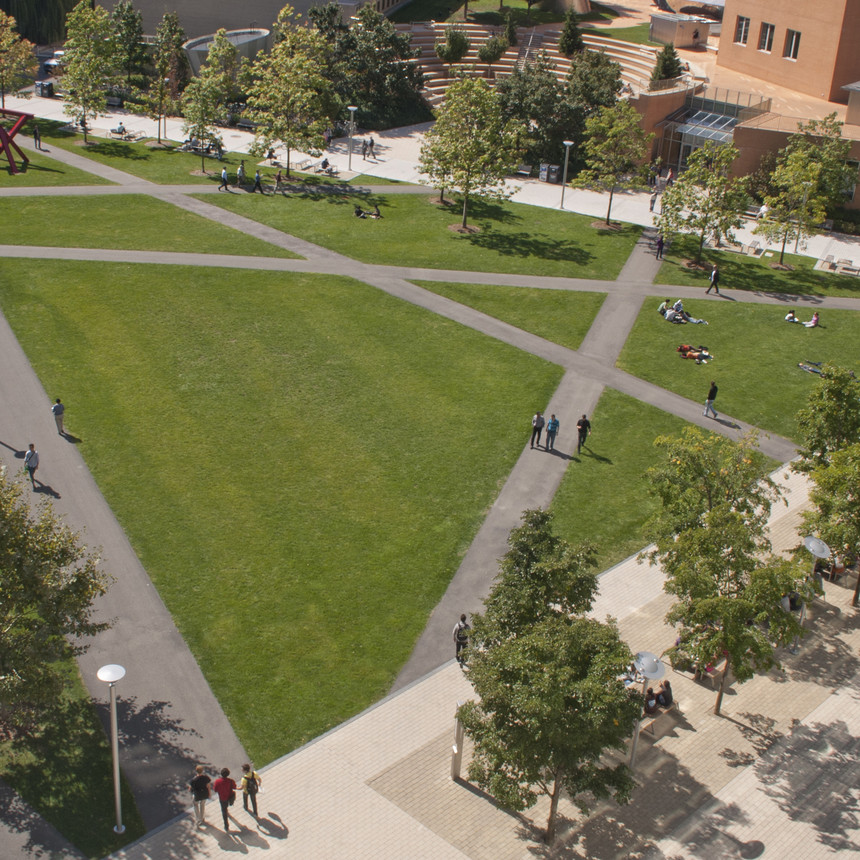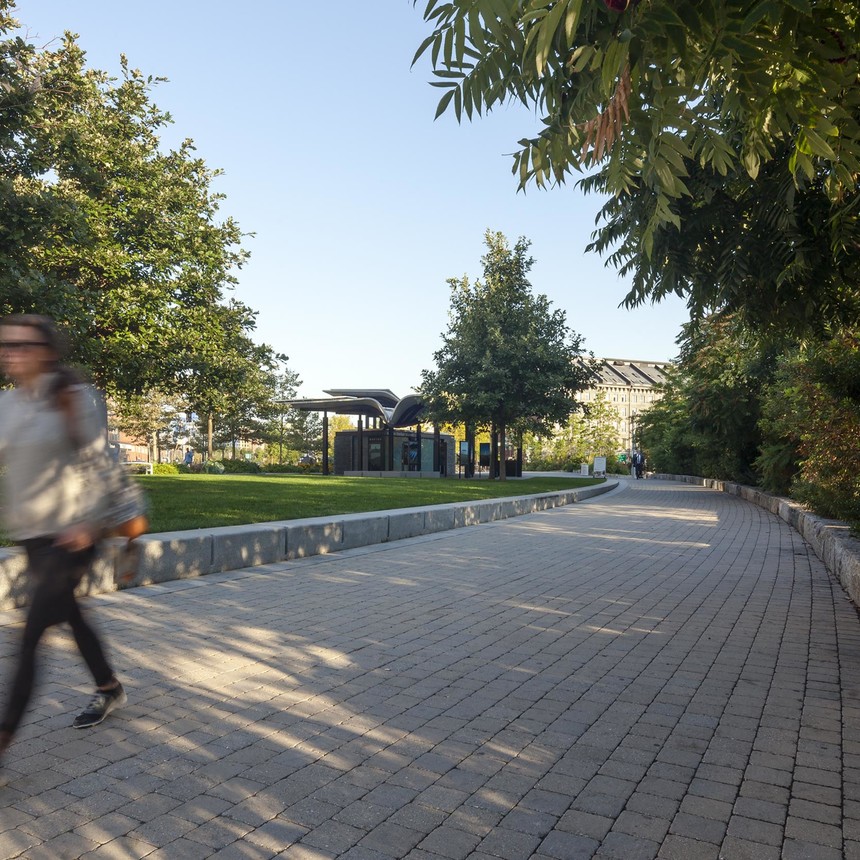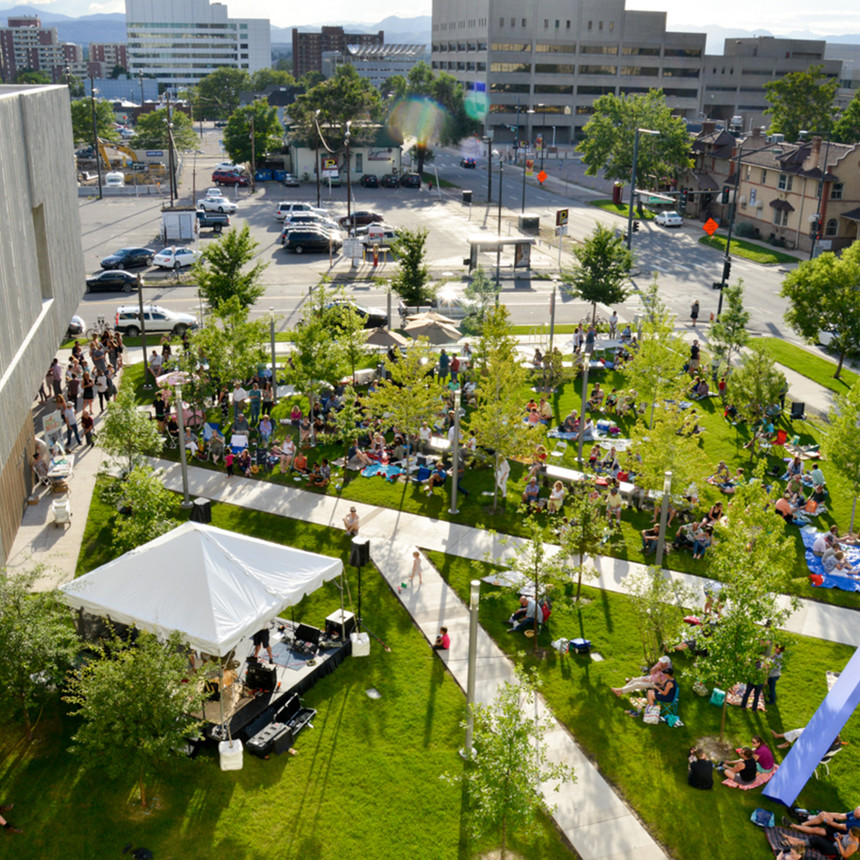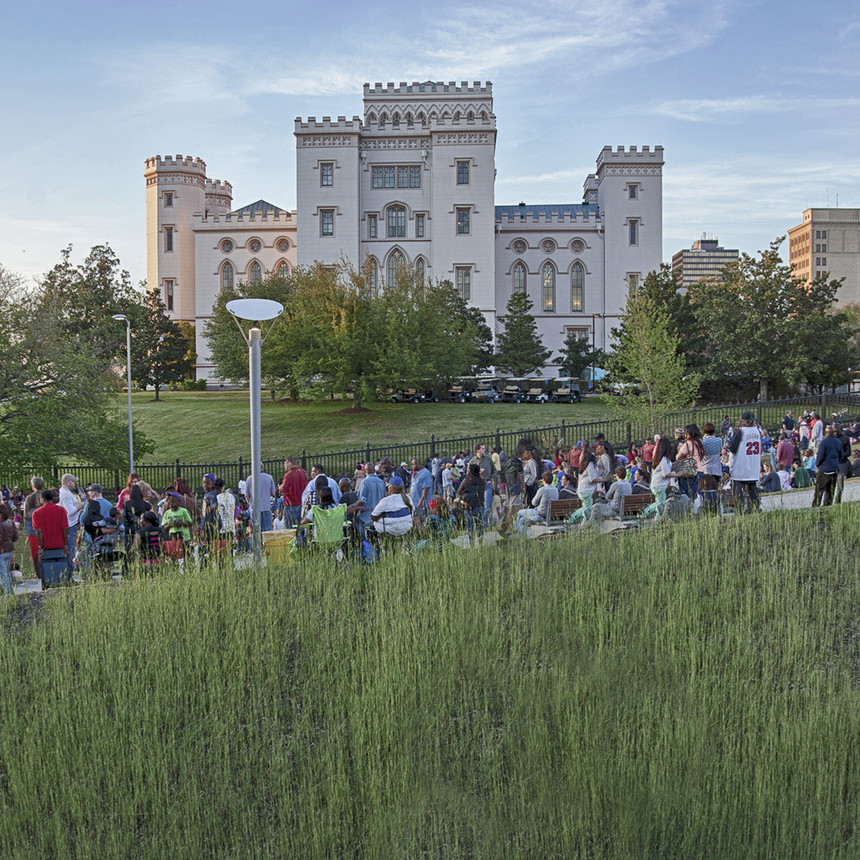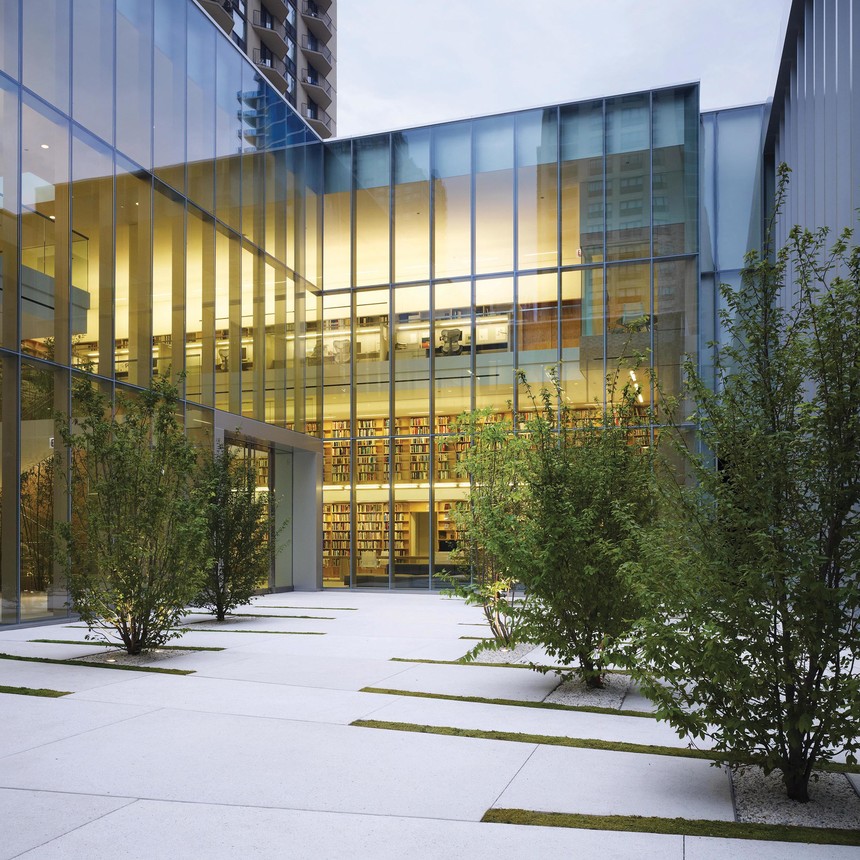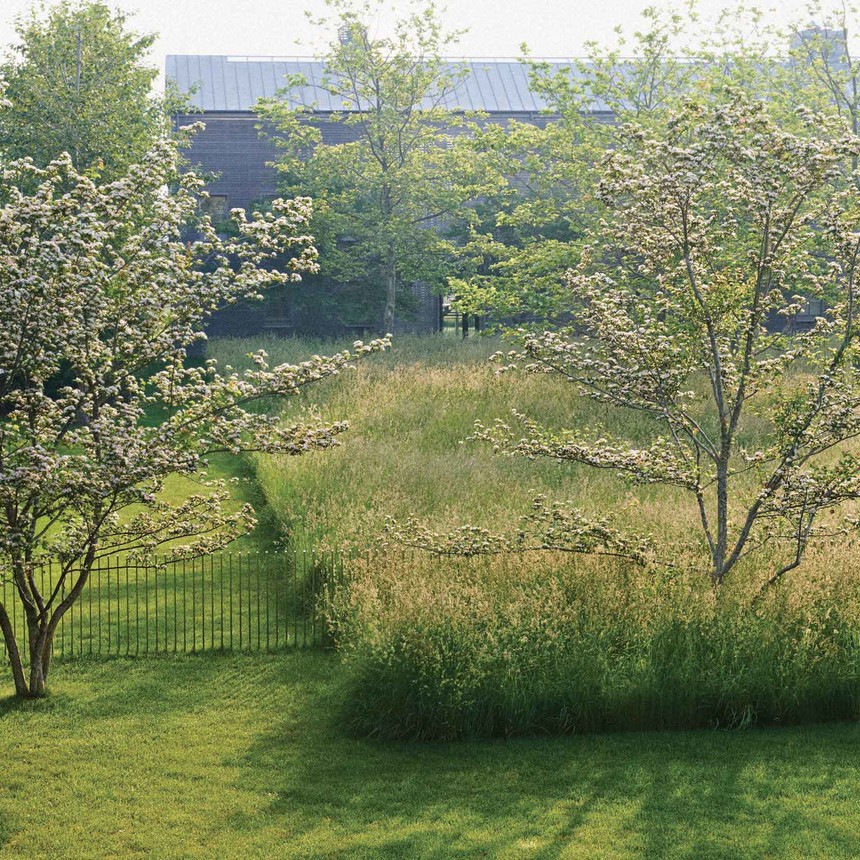Central Wharf Plaza
Metropolitan legacies arise around sustained city trees—Boston’s Commonwealth Avenue, Washington’s National Mall, Chicago’s Grant Park, Savannah’s historic squares. Below-grade infrastructure, a prerequisite for these cherished urban environments, is often overlooked. In pursuit of summer shade and pedestrian connectivity, this small new plaza in Boston’s historic waterfront sustains a dense grove of mature oak trees, modeling an elegant solution to challenging conditions.
Part of what was once the busiest commercial port in North America, Boston’s Central Wharf became a 4,000 sf parking lot in the second half of the twentieth century, severed from the city by the highway known as the Central Artery. The Big Dig and the creation of the Rose Kennedy Greenway released this site to the possibility of renewed urban life. Central Wharf’s new owner, a private philanthropy dedicated to supporting urban open space initiatives, seized on our motivations for developing and applying exemplary, high performance urban planting practices.
We designed Central Wharf Plaza to fulfill two essential urban roles: reconnecting pedestrian activity from downtown to the harbor while also providing a comfortable but not isolated respite from its busy surroundings. Working with city agencies, the team expanded the site to provide identity and spatial coherence. To support its twenty-six mature oak trees, the design makes use of innovations in paving, drainage, soils, and other subterranean infrastructure. The above-ground scheme was conceived as a simple arcing gesture that accommodates strong diagonal movement through the site, emphasized by granite walls, planted steel screens, and a wood and steel arbor. The 2% slope of the plaza surface produces elevated views toward the water and a stepped gathering place at the active harbor edge. A constellation of LED lights hung from catenary wires threaded though the tree canopy casts an efficient, subtle, and festive quality of light within the tree-filled space and extends the useful hours of the plaza.
Central Wharf Plaza is both highly urban and eminently sustainable; we look to the robustly healthy canopy of trees and diverse public uses as evidence of success.
Location
Boston, MA
Dates
2004-2008
Size
.5 acres
Leadership
Team
- Arup
- NBBJ Boston (formerly Chan Krieger Sieniewicz)
- Vanasse Hangen Brustlin (VHB)
- Tuner Special Projects
- Pine & Swallow Environmental
- Lam Partners Inc
- ValleyCrest Landscape Development
Recognition
- Honor Award for Design, American Society of Landscape Architects
- Honor Award for Design, Boston Society of Landscape Architects
- “Reciprocal Acts,” by Gary R. Hilderbrand, Topos , Culturescapes, 2012
